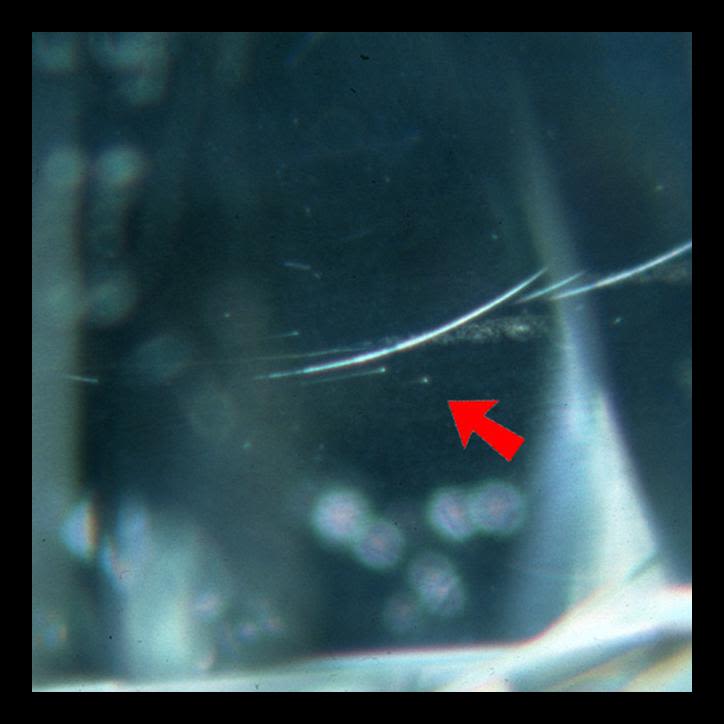
So, you’ve come to learn about pits? That’s pretty cool. It tells me that you are serious about buying the right diamond! That, or you’ve been following the inclusions series we’ve been churning out especially for you over the past few weeks. If you have indeed been following the series, well you’re pretty much an expert on all types of diamond imperfections by now! You should be able to spot the difference between a chip and a cavity, you’ll know what a twinning wisp is, and why knots are the absolute worst. If however, everything I’ve just said to you sounds like Dutch, then either I’ve been a rather poor teacher, or you didn’t bother your bum reading the previous posts. That’s fine, that’s fine. If you want pick up the basics, then all you need to do is read our handy little introductory post on clarity characteristics. It covers all the need-to-knows such as what a blemish/inclusion is and why you need to think about them. Click here to read that, and I promise it will help you on your quest to find the perfect diamond for that perfect question-popping moment.
Now let’s get on to pits.
What is a diamond pit anyway, I hear you ask? Well my internet friend, a ‘pit’ is a miniscule opening on the surface of a diamond. They actually appear just like tiny white dots on the surface of the stone, like this little example below:

Like Tiny Shooting Stars!
Now, whether or not you should be worried about a pit is really down to location and frequency. This is because the clarity grade of a diamond with pits is determined by how many teeny tiny offenses there are, and how much they impact the way the light bounces around inside the stone. One tiny pit on the pavilion (the underside) of the diamond for example, is not really going to change the course of world events. Often times these miniscule openings can be polished away – but that leaves you with less diamond than you actually coughed up the cash for.
On the other hand, if that diamond is riddled with pits in many places, especially on the table (the flat top of the stone) – then you might be in trouble. Pits on the top of the stone are the worst and can seriously jeopardize the beauty of the diamond. And to add insult to injury they cannot be easily cut away either, unlike their underbelly cousins. Table top pits will need a total re-cutting of the table itself, causing the stone to lose weight and you to lose your damn mind.
Make sure you investigate the diamond thoroughly, so as to avoid any major pit disasters. If you find evidence of pits on the diamond grading report that accompanies the stone, we recommend that you ask the retailer’s in-house gemologists about the location and frequency of these pits. Or better yet, you can ask our awesome team of gem nerds who will be more than happy to weed out those good-deal stones from the other crap.
You’ve been waaaaarned…. (I sound like the ghost of diamond future here, and I’m kind of digging it).

